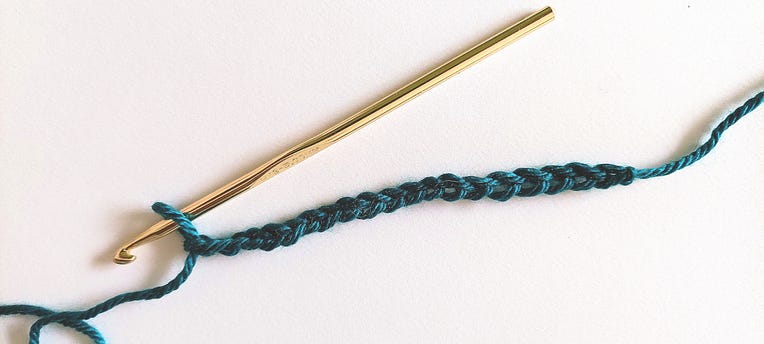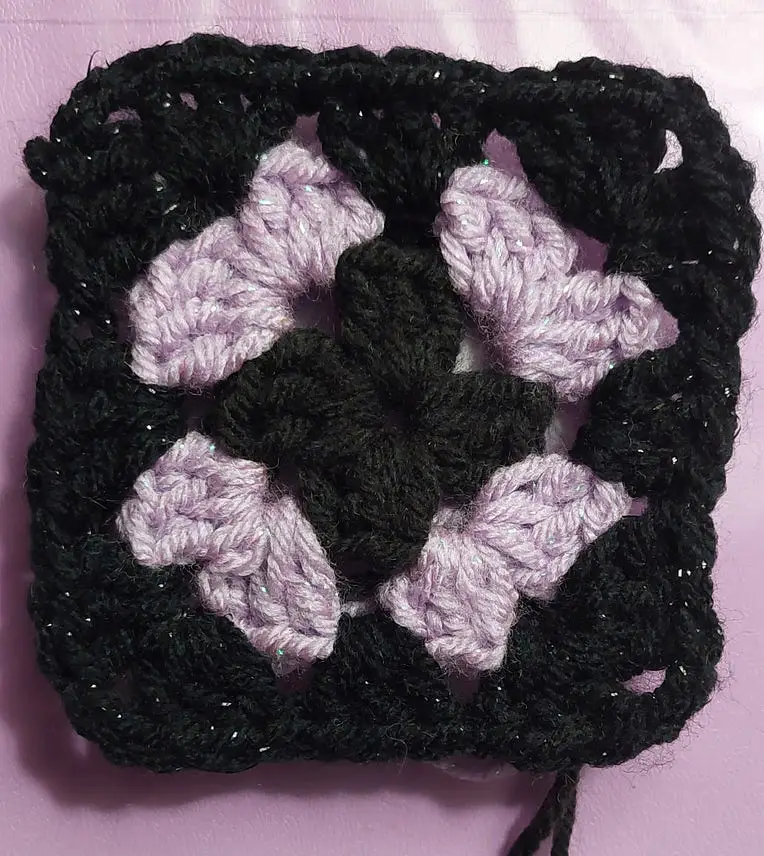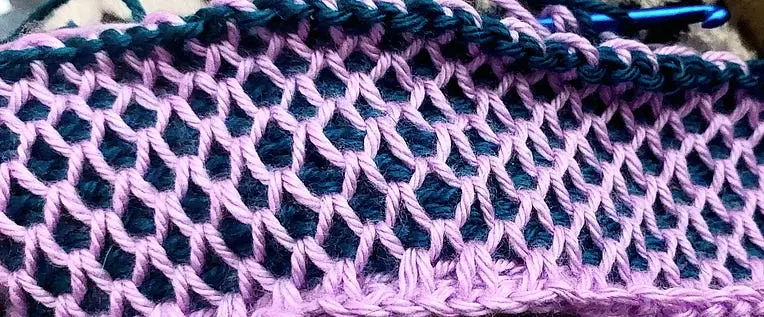
Apart from knitting, crocheting is one of the most popular crafts out there that allows for a broad range of projects to shine. Crochet ideas unearth potential skills, techniques, and maneuvers of varying levels of expertise that often lead to great crocheted pieces.
Crochet work can result in projects that range from decorative to functional through a wide range of dynamic, expressive designs.
In this post, I explore the properties associated with common crochet stitches.
- The Foundational Stitches:
Here, we are starting from the bottom and building up a potential project from the ground up.

The chain stitch is the starting point for any crochet project to get off the ground. The chain stitch, single crochet stitch, and the half-double crochet stitches are among the most primitive stitch types before the crocheted works blossom into a scarf, a pair of socks, a hat — even a wearable garment, such as a dress, a skirt, or a pair of pants.
By chaining any number of stitches with a hook, one can create the first instance of a crocheted item.
All crochet projects begin with:
- Chain Stitch (Ch): This is the starting point for most crochet projects, forming a row of linked loops that serve as the foundation for subsequent stitches.
- Single Crochet (sc): This simple stitch creates a tightly woven fabric, perfect for sturdy and structured projects.
- Half-Double Crochet (hdc): Slightly taller than the single crochet stitch, this one offers more drape while maintaining density, suitable for a variety of projects.
One stitch pattern alone is enough to create any beautiful crochet project.
For example, a charming hat can emerge using a single crochet, half-double, or any one type of stitch pattern at a time.
While slip stitch is not popular as a stand-alone stitch pattern to carry an entire project, with a great outlook and perfect planning, it still can yield beautiful results.
It is a versatile stitch that can pick up height as it progresses. However, the slip stitch (sl st) is the shortest stitch by far!
2. Building Blocks of Texture:
We are now in the double crochet group. As I call them, they are known as the zenith stitches. These are the stitch types that pick up height very quickly!
- Double Crochet (dc): Versatile and commonly used, providing speed and flexibility in creating projects. The double crochet stitch requires one yarn over the hook. (One wrap, two pull-throughs)
- Treble Crochet (tr): Treble stitches, taller than double crochet stitches, are perfect for lacy designs and openwork patterns. Treble crochet stitches add enough height for a project to expand quickly, depending on the number of rows required, the size of the crochet hook, and the type of yarn chosen. (Two wraps, three pull-throughs)
- Treble crochet stitches can travel from their current position and extend to the next row or stitch. Crochet work that incorporates the treble stitch can easily render a cabling method. What is the cable method? Cabling in crochet work is achieved by using post stitches to crochet treble stitches around previously made treble stitches.

- Double Treble Crochet (dtr): An elongated stitch ideal for creating intricate lace patterns and adding depth to projects. The double treble stitch is quite identical in structure to the first two double crochet variations in that it also requires several yarn-overs to add height. It is at the third level of the double crochet group and produces some of the tallest stitches possible. Now, for the double treble stitch, it takes not one, not two, but THREE yarn-overs to complete. (Three wraps, four pull-throughs)
3. Decorative and Dimensional Stitches:
- Popcorn Stitch: Creating raised, textured bobbles reminiscent of popcorn, adding dimension and visual interest to projects.
- Bobble Stitch: Similar to the popcorn stitch but with a rounded shape, perfect for embellishments and surface textures.
- Puff Stitch: These types of stitches are repeatedly pulled up on the hook and taken through several loops to create clusters that form a puffy texture. This effect is a great method for creating embroidery, blankets, and accessories.
- Spirals These are made by inputting a heavy concentration of stitches into one stitch for one or several stitches in a row. This stitch technique produces a curling effect that resembles a spiral.
4. Advanced Crochet Stitch Types Now these kind of stitches expand on what the earlier (foundational) stitches have already established. A group of stitches working together to form more complex patterns.
- Shell Stitch: Shells are created by combining multiple stitches into the same space to form a cluster. Doing so can create a shell-like motif, often used for edging and borders.
- Basketweave Stitch: Alternating front and back post stitches to create a woven, textured fabric resembling a basket weave.
- Tunisian Crochet: A unique technique that combines elements of crochet and knitting, creating dense, textured fabrics with a distinctive look. Anything can be created using the Tunisian approach.
The smock stitch for Tunisian crochet:

5. Beyond the Basics:
Now, all the stitches are being combined into a group (or clusters) to create more dynamic patterns, and here, we are beginning to expand by including all the stitches we explored earlier.
- The Granny Square: A classic motif made up of clusters of stitches worked in the round, versatile for creating blankets, garments, hats, and more. The granny square pattern is achieved by crocheting a group of double crochets together.

- Filet Crochet: This crochet sequence creates open or filled squares (closed work with stitches filling the empty spaces) to create intricate lace patterns and images, perfect for heirloom-quality projects.
The filet method is a personal favorite of mine because it creates a more openwork fabric for pieces to flow.
Also, the filet fabric is a mesh/netting type developed to create fashionable pieces such as dresses, scarves, shawls, and other fashion items that give a light, breezy feel when worn.

Hopefully, this post provided a comprehensive guide to crochet stitches for any beginner looking to try it as a new hobby. The possibilities are endless for what unfolds from a strike of inspiration.
Whether you’re a beginner exploring the fundamentals or an experienced crocheter seeking new challenges, these stitches will inspire you to create stunning works of art.
So pick up your hook, choose your yarn, and let your imagination run wild as you embark on your next crochet endeavor!
Thank you so much for reading!
